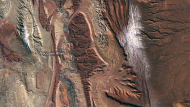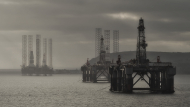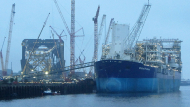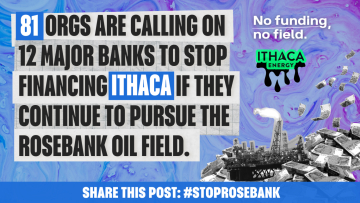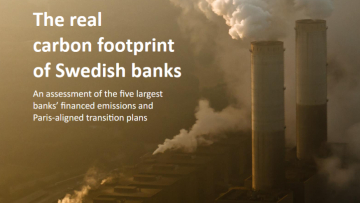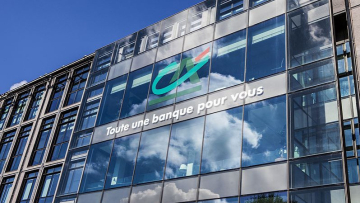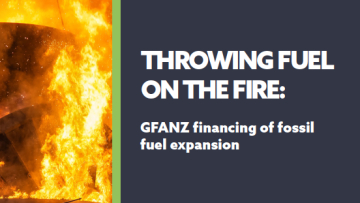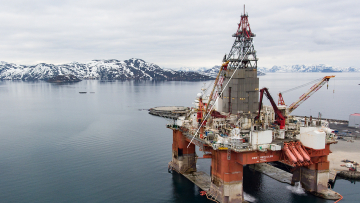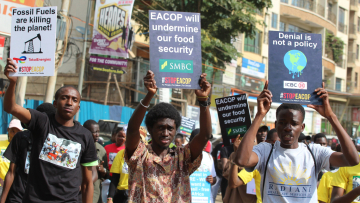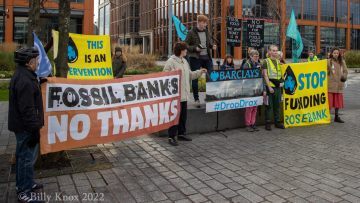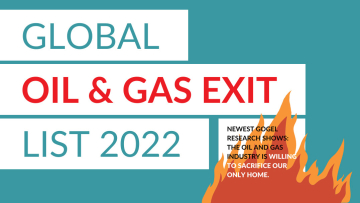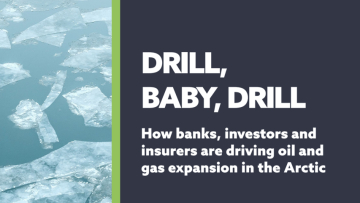
Company – On record
This profile is no longer actively maintained, with the information now possibly out of date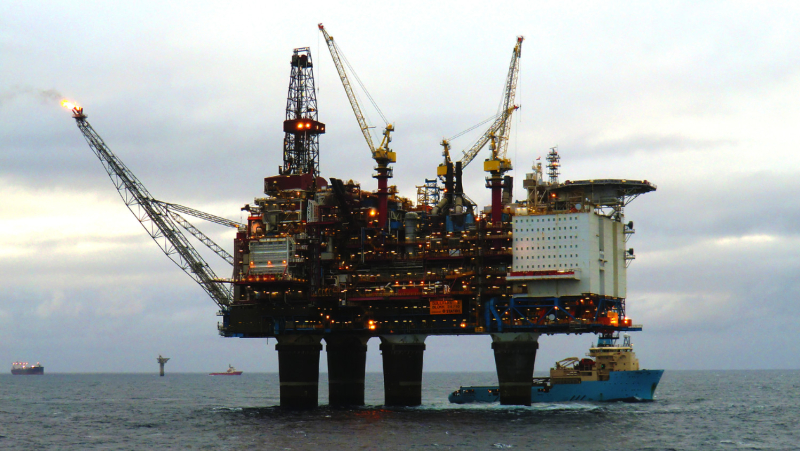
Company – On record
This profile is no longer actively maintained, with the information now possibly out of dateWhy this profile?
Equinor's fossil fuel production has a large environmental impact. By 2026 the company plans to have increased its production of oil and gas, with 95% of its energy production still coming from fossil fuels. Equinor is involved in numerous North Sea expansion plans, while Arctic extraction forms 20% of its overall hydrocarbons production. No fossil expansion is compatible with the Paris Climate Afreement, and fossil fuel exploration in the Arctic especially poses a threat to the fragile ecosystems in the region.
What must happen
Banks and other financial institutions must demand that Equinor halts all fossil fuel expansion, and develop and implement a credible phase-out plan for its current fossil fuel activities. If Equinor continues to pursue expansion, banks must end all financing for the company.
| Sectors | Oil and Gas Extraction |
| Headquarters |
|
| Ownership |
listed on NYSE & Oslo Stock Exchange
Equinor is majority-owned by the Norwegian State (67%). The company's complete shareholder structure can be accessed here. |
| Subsidiaries |
|
| Website | https://www.equinor.com/ |
Equinor ASA is a Norwegian state-owned multinational oil and gas company, headquartered in Stavanger. As of 2021, Equinor had over 21,000 employees, with a 2021 revenue of $90.92 billion USD and total assets of $147.12 billion. The company operates in 36 countries. It was formed in 2007, when Statoil and the oil and gas division of Norsk Hydro merged.
Impact on human rights and communities
In 2004, Statoil (one of the companies involved in the 2007 merger to create Equinor), was found guilty of corruption by Norwegian courts. The case revolved around the company's securing of oil contracts in Iran between 2002 and 2003 through misconduct and bribery. Statoil was ordered by Norwegian courts to pay a fine of NOK 20 million.
Impact on climate
Equinor's fossil fuel activities have a large environmental impact through their production of greenhouse gases. By 2026 the company plans to have increased its production of oil and gas, with 95% of its energy production still coming from fossil fuels.
North Sea & Arctic expansion Equinor is currently involved in numerous North Sea expansion plans, such as Rosebank and Wisting, which it opened in 2020. Wisting is the largest oil field in western Europe. The environmental impacts of this field will be huge. The emissions from Wisting will be 200 million tonnes of CO2. As the project is so far to the north, it also endangers Arctic wildlife such as the seabirds that need to swim past the oil field.
The Global Oil and Gas Exit List (GOGEL) by Urgewald shows that Equinor is expanding fossil fuel production in 11 countries, while Arctic extraction forms 20% of its overall hydrocarbons production. Arctic exploration is of particular concern, due to the impact on the region’s fragile ecosystems, and the cold temperatures meaning it is not possible to mitigate oil spills.
No project expanding the fossil fuel industry is compatible with the Paris Climate Agreement. The emissions from new North Sea projects would contribute to catastrophic climate change, especially with the proposed development of huge fields such as Rosebank, which would create emissions equivalent to more than the combined emissions of the world's low-income countries.
Greenwashing Statoil's rebranding to Equinor in 2018 drew criticism that it was drawing attention away from its oil and gas activities through green marketing. However, between 2010 and 2018 only 2% of its capital expenditure went on green energy. Client Earth comments on its greenwashing:
Equinor has not reduced its annual Scope 3 emissions. In fact, they have slightly increased since 2015, to 247 million tonnes CO2 equivalent in 2019 and 250 million tonnes CO2 equivalent in 2020.
Moreover, despite claims around its renewable energy activities, in 2020 Equinor's renewables investments accounted for just 5% of its net operating loss.
From 2016-2022 16 of the world's largest 60 commercial banks financed Equinor via lending and underwriting totalling USD 16 billion, according to the Banking on Climate Chaos 2023 report (BOCC). This data is adjusted according to the Banking on Climate Chaos methodology. Most of the deals outlined below are included in the Banking on Climate Chaos data.
See the Banking on Climate Chaos database for each bank's total adjusted financing for Equinor from 2016 to 2022.
In May 2021 Equinor signed a USD 6 billion revolving credit facility, financed by 19 commercial banks, maturing in May 2026.
Equinor has also issued the following bonds underwritten by commercial banks:
- USD 500 million bond placed in 2020 and maturing in 2027
- USD 1 billion bond placed in 2013 and maturing in 2024
- USD 1.25 billion bond placed in 2020 and maturing in 2050
- USD 750 million bond placed in 2013 and maturing in 2043
- USD 500 million bond placed in 1998 and maturing in 2028
- USD 600 million bond placed in 2016 and maturing in 2026
- USD 750 million bond placed in 2010 and maturing in 2040
See below for details on banks involved in underwriting these bonds. Data taken from the Toxic Bonds Dirty 30 database. Bonds issued in 2016 and 2020 are included in the BOCC data.
RBC (0.4%), DNB (0.7%) and Danske Bank hold shares in Equinor. See below for more details.

